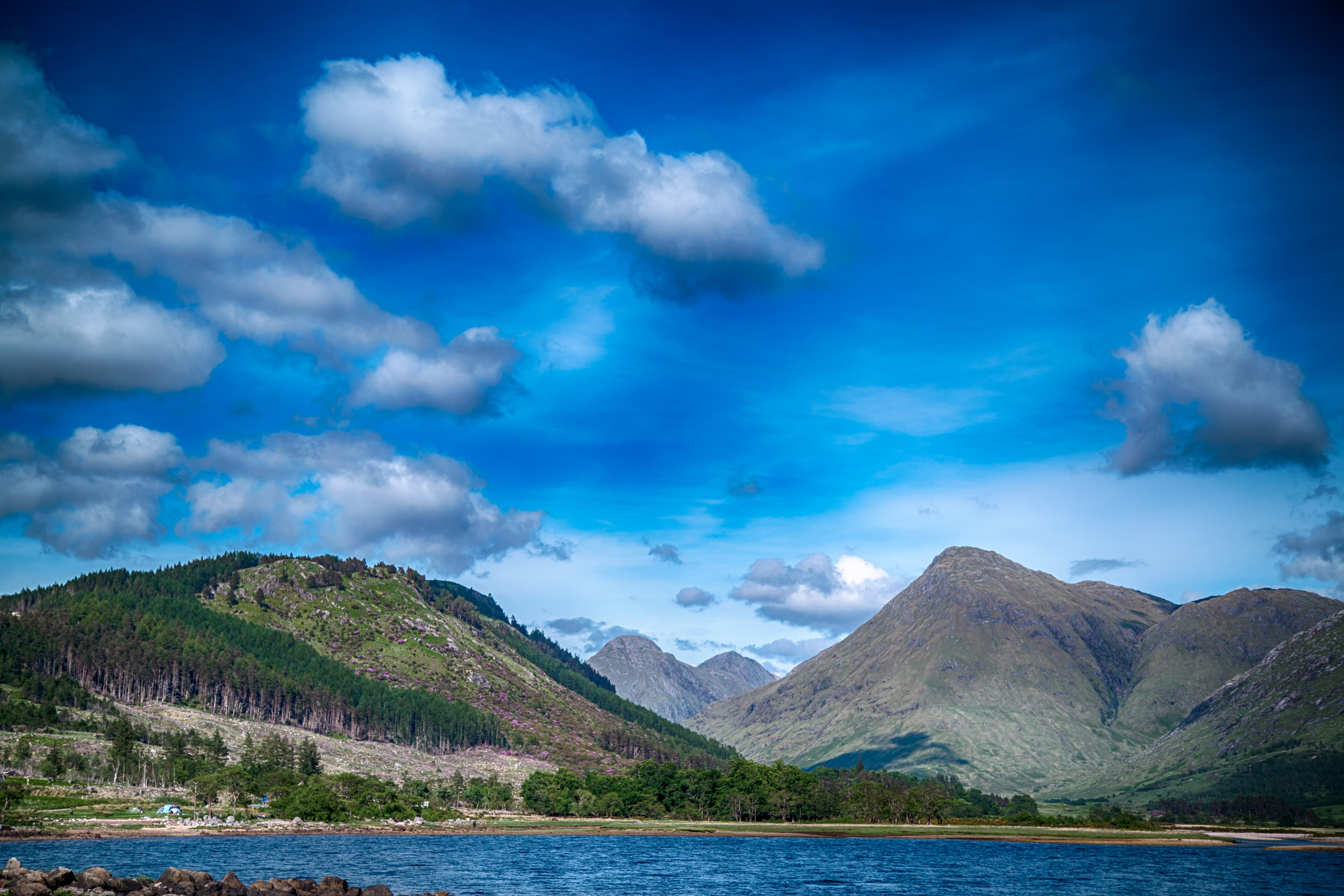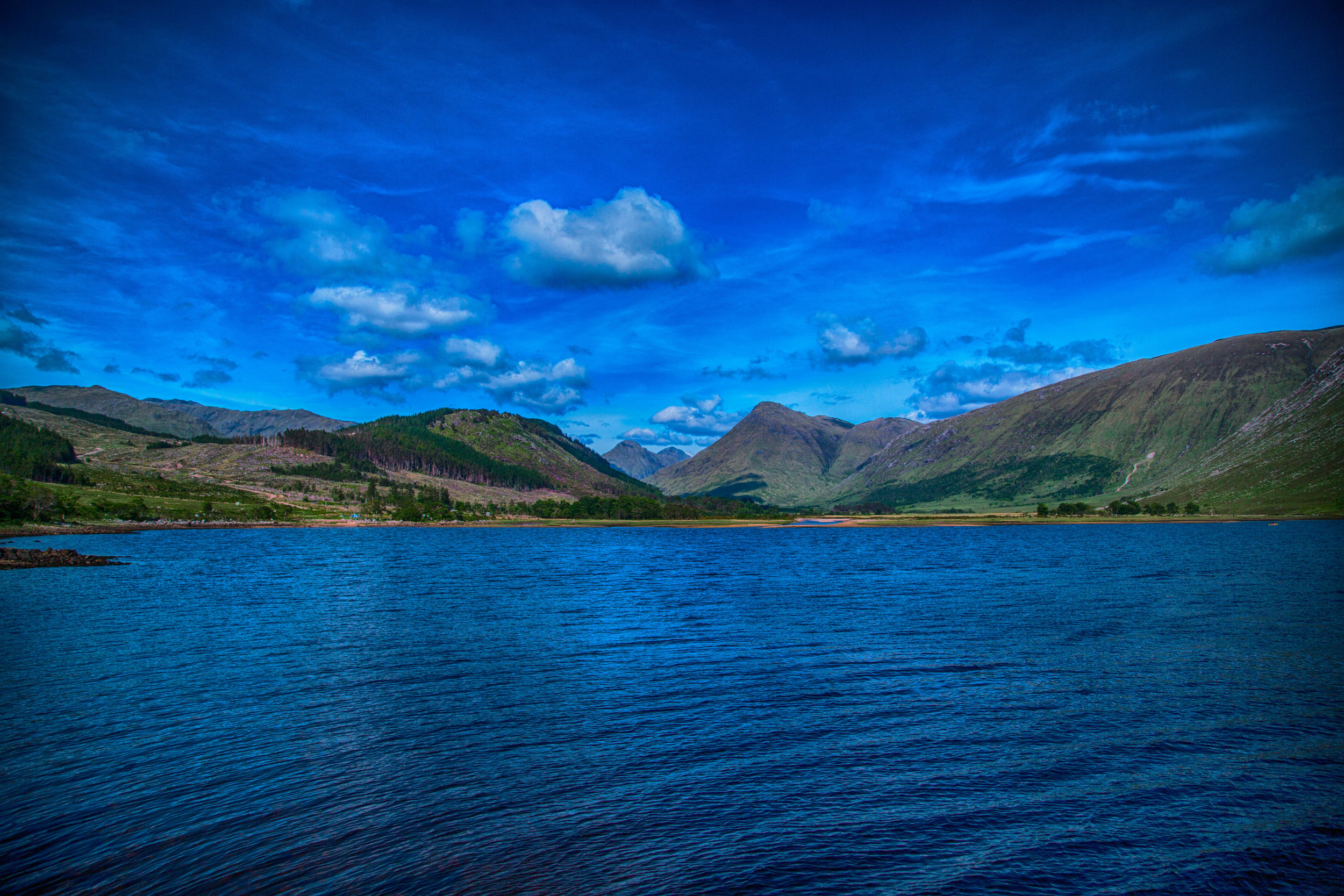With a break in the particularly miserable weather we have been experiencing in Scotland over the past week I took the opportunity to drive back up to Glencoe. I specifically wanted to get some photographs of Buachaille Etive Mòr. This is probably the most recognisable mountain in Scotland, a large pyramidal form that can be seen when travelling into Glen Coe from the Rannoch Moor side on the A82 (not that there is any other roads to travel on).
The Scottish Gaelic translation of Buachaille Etive Mòr is 'the herdsman of Etive'. I forget how many times I have summited this mountain and the munro's that are on its ridge but it remains one of my favourite places to be.
It was a rare opportunity to spend some time in the valley without midges being all over me; just enough wind to keep them away but not so strong to shake the camera during long exposures.





























